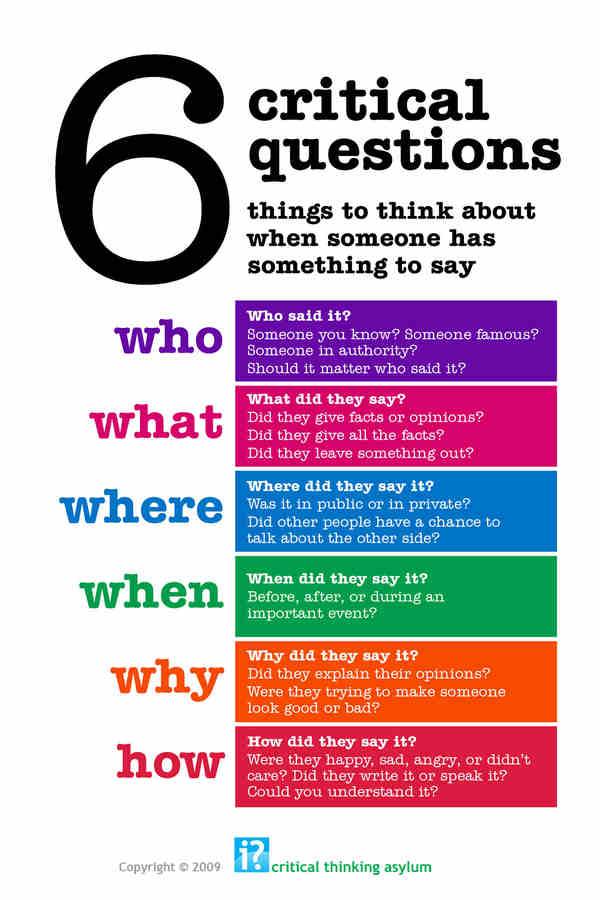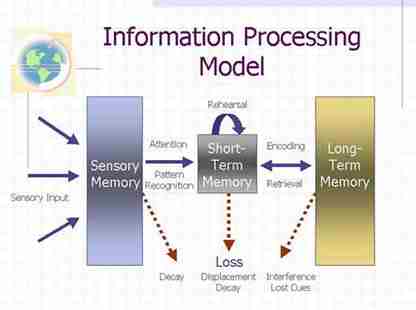“If your actions create a legacy that inspires others to dream more, learn more, do more and become more, then, you are an excellent leader.”
― Dolly Parton
Learning, for me, has achieved its maximum success if teachers were able to influence a student’s knowledge and behavior in desired ways. But how do we actually do this?
The module for the past two weeks has made me understand the relevance of the different skills to effective teaching.
1. Instructional Planning Skills
- planning the learnings, setting goals, objectives and expectations, choosing the medium of instruction, and evaluating results
This skill is essential to effective teaching as this serves as a guide that determines the status of the student’s learning development. Upon creating the lesson plan, it is quite important to take note of the content/subject area to be taught, the students – as well as their respective characteristics, behaviors, personalities and learning preferences, pedagogy, and curriculum. As we determine the content to be delivered, we also have to take into consideration the student’s existing knowledge. This can be assessed by conducting some interviews and tests. Schools usually follow a curriculum that guides the teachers as they conduct their lessons. Teachers usually deliver the content through different medium of instruction depending on the student’s varying needs. Thus, it is imperative to acknowledge class diversity. Evaluations play a critical role in determining the learning success. Diagnostic tests are frequently used to check if the goals and objectives were met. The instructional process should be aligned with each other as presented below:

As teachers plan the instruction, he/she takes into consideration as to how this will be delivered to students and what are the measurements to use upon determining its success. During the actual delivery, teachers constantly assess whether goals and objectives are being met as planned or necessary amendments are needed – if the content should be altered or the approach used.
2. Classroom Management Skills
- ability to maintain a healthy classroom atmosphere, manage disruptions and create an environment that is conducive to learning
A class consists of several students with different characteristics, behaviors, personalities, and interests. This skill is therefore necessary to be able to manage diversity and maintain a healthy classroom environment. The teacher should develop a sense of awareness and sensitivity to each and every student’s behavior and be able to manage disruptions. Setting rules and regulations can also help maintain peace and order within the halls of the classroom.
The physical class setting should also be strategically designed in order to achieve maximum learning success. One of the greatest challenges in managing the classroom is probably the constraints on resources. In some rural areas, facilities are not provided well enough to students. There might be instances where a class consists of more than 60 students compressed in a small classroom. The tools and materials used upon delivering the instruction may not also be sufficient. To address the situation, the teacher should be creative and resourceful in order to still provide the best learning possible despite of limited resources.
3. Motivational Skills
- ability to influence student’s behavior on learning, find pleasure and enjoyment upon attaining goals and objectives
Motivation drives us to do the things that we do. Thus, I believe this skill is one of the very important skills an effective teacher should possess. Learning is quite impossible to achieve without the willingness to acquire information. If a student is not open to new learnings, no matter how hard the teacher tries, effective transmission of knowledge will never take place. The teacher should be able to motivate students to find pleasure in the things that they do and appreciate the learnings provided to them. One of the techniques that can be used is modeling where a teacher leads by example. This way, students can be encouraged to look forward to learning as the teacher shows great enthusiasm and pleasure upon experiencing it. The students can have a notion that “if he/she is enjoying it, I might as well enjoy it”. Using rewards and recognition can also help influence student’s behaviors. Teachers should be able to acknowledge the efforts exerted to inspire them to keep up their good work and even strive to be better. I myself is motivated when I know someone acknowledged my efforts. It felt good that they appreciate what I have done, and thus, inspired me to strive harder.
The teacher should also be able to find a perfect match between the student’s skill and the activities. Sometimes, if high-skilled students perceive tasks as not challenging, they experience boredom. On the other hand, if low-skilled students perceive tasks as very challenging, they feel anxious and overwhelmed. Knowledge on one’s strength and weaknesses should be determined so as find the most suitable approach and engage students.
4. Interpersonal Skills
- ability to communicate effectively and relate to students
Canter (1996) pointed that “the success of assertive discipline depends on first establishing rapport with students” and one way of establishing good personal relationships with students is through the use of interpersonal skills. If the relationship between the teacher and the students is good, cooperation can be achieved and learning will take place easily. Students are motivated to come to school every day and look forward to all learning opportunities presented. They engage to meaningful conversations and contribute to the over-all learning process. Students feel that they are free to voice out their ideas without fear of embarrassment or rejection. If the teacher was able to develop good relationships, even the shyest student will be encouraged to participate. He/she will not fear to ask questions or clarifications if topics seem vague. The tension will be removed and a healthy learning atmosphere can be achieved. As students open up their opinions and point of views, the teacher should exhibit respect at all times. He/she should honor the ideas expressed and if these are contrary to majority, try to discuss and expound – as sometimes, learnings happen during such circumstances.
All the skills mentioned above acknowledge student diversity. People differ in a lot of ways and the teacher has the responsibility to cater to their varying needs. It is quite important to note that each behavior is influenced by different factors like socioeconomic status, cultural background, gender and sexual preference, learning style and development stage. It is only by having a deep understanding of such that the teacher can tailor the medium of instruction to be used upon achieving learning goals and objectives.
Lastly, I would like to add passion and patience as key to effective teaching. Teaching is no easy task and without these traits, every day will feel like drudgery – just exhausting and tiring. I do believe that teachers do the things that they do because they genuinely care, and not just out of profession. 🙂
References:
Airasian, P. W., Engemann, J. F., and Gallagher, T. L. (2007). Instructional planning and assessment (Chapter 3). In Classroom assessment: Concepts and applications – First Canadian edition. Toronto, ON, Canada: McGraw-Hill Ryerson.) Retrieved from http://highered.mcgraw-hill.com/sites/dl/free/0070959668/405859/Airasian_88697_ch03.pdf
Scarlett, W. G., Ponte, I. C., & Singh, J. P. (2009). Building positive teacher – student relationships (Chapter 3). In Approaches to behavior and classroom management. SAGE Publications. Retrieved from http://www.sagepub.com/upm-data/26067_3.pdf















